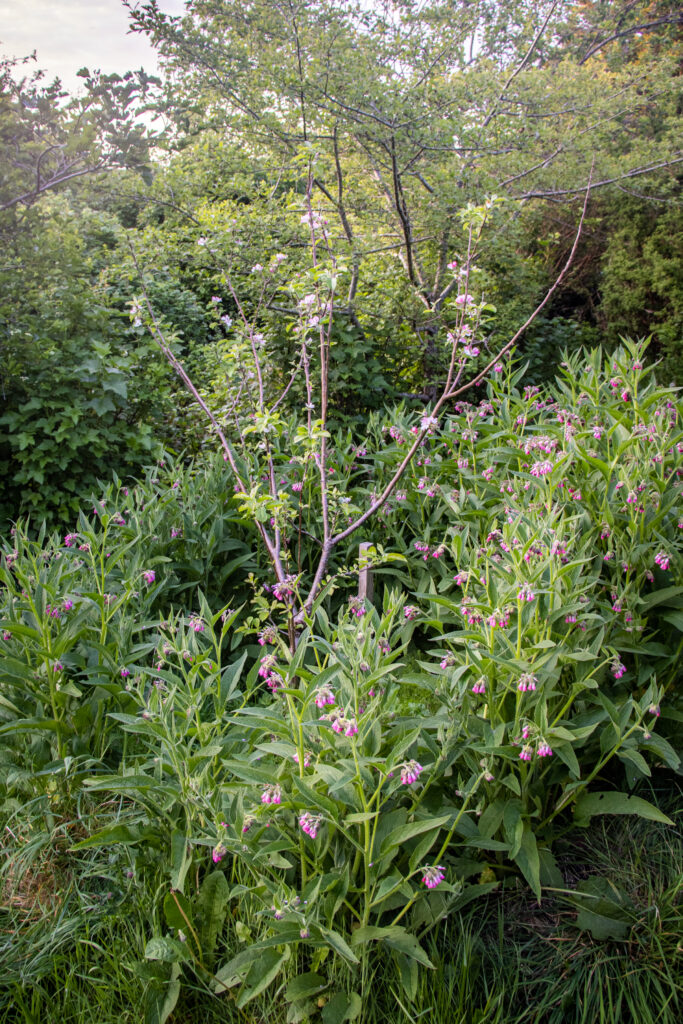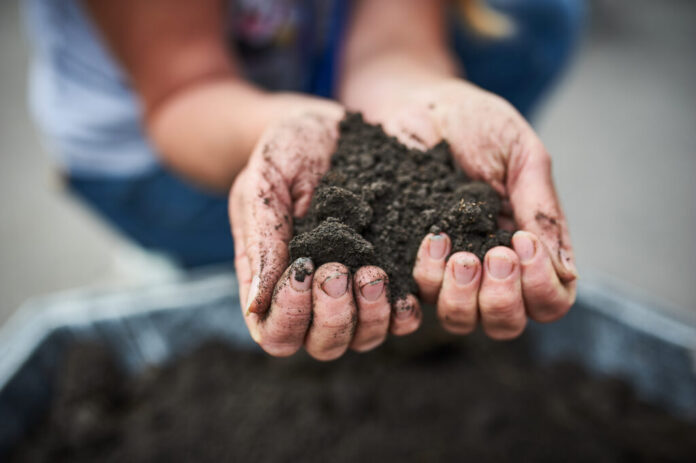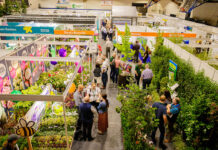Féidhlim Harty provides some timely guidance on tackling waste in your business.
Has anybody noticed the price of materials lately? I’ve been renovating an old cottage and the refrain from each tradesman is of the spiralling costs of materials needed to finish the job.
It’s cheaper to buy new materials than for a tradesman to strip old ones for reuse. How can that be? I’ve got free timber on-site, from old partitioning upstairs. It just needs the nails removed and cut to size to build the kitchen unit frame. This is the case for glass, plywood, plumbing fittings, and the works. Yet, to ask any tradesman to work with these is to meet a placating laugh.
At the same time, we know that resource consumption has a huge carbon footprint. It’s frustratingly clear that the more local a resource is grown, produced, and processed, the lower the cost, carbon, and ecological footprint involved. So why do we have a situation where the cost of reusing existing resources is more than the cost of buying new, even as the cost of new spirals unrelentingly upwards?
Economies of scale certainly come into the equation. It’s fiddly work getting old materials to the point where they can be reused. Where automation is possible, it’s almost universally cheaper to buy a machine to do a job than to pay a person to do the same work; or to outsource the repetitive tasks of stitching our clothes or assembling electronics components to countries with lower wages, ecological regulation and social protections.
So one issue is economies of scale, but the other is the scale of economies; specifically the disparity of global income bands and the structures that ensure that those stay in our favour. Charles Eisenstein writes far more eloquently than I can about this so look him up; or visit the Irish think tank Feasta (Foundation for the Economics of Sustainability).
Another factor in this subject is low-cost energy used to produce new materials and transport them from forest to factory, to fitted kitchen. How low are fossil fuel costs really? Not low enough, it seems, for fossil fuel companies to pay their way. Globally, public money pays a staggering $5.2tn in direct and indirect subsidies to support fossil fuels. Imagine what that sort of cash could do to build healthy, local, and ecologically regenerative industries, supplying goods and services of the highest standard!
Closer to home is the phrasing of our Waste Management Act. According to Rachel Loughrey of the Irish Green Building Council, the Act provides serious obstructions to the recovery and reuse of viable materials. With the stroke of a pen, this could be changed, allowing for a whole new industry in the regeneration and revitalisation of unused products and materials.
While my focus is unapologetically construction-related these months, this waste issue also relates directly to the horticulture industry. Waste is always a double-sided process: what we buy to support our business and what we put on the market will eventually become waste. On the purchasing side we have compost or other growing media; pots; packing materials like crates, pallets, trays, bags, etc.; machinery; and often office equipment, buildings, and other infrastructure. On the sales side, the packing materials make their way out to the retailers and/ or customers again, as do pots, compost, and the food and plants that they contain. So the questions that present themselves are: How do I minimise the waste inherent in what I buy; and how do I minimise the waste inherent in what I sell?

Let’s look at the area that I know best, which is my plant supply work. I sell wetland plants and willow cuttings for use in reed beds and zero discharge willow systems. Vis a vis purchases: chemical and fertiliser inputs are nil unless you count an occasional discreet application of urine along the willow rows for added N and P. The growing area is a wet field, which does not need supplementary compost or containers. Most species I use regenerate naturally, and so my plant costs and product miles are modest, except common reed (Phragmites australis), which I buy from a wholesaler of native seedlings. I return the pots and delivery bags when they’re empty for reuse.
On the sales side, I supply wetland plants in reusable plastic trays (robust own-branded fish boxes) if I am doing the planting work or cardboard boxes for courier delivery. Willow cuttings are held with rubber bands in 100s and posted in cardboard boxes with paper packing tape. The waste inherent in those elements is minimal, given that the cardboard boxes are ex- supermarket “waste” in themselves.
Garden tools, office stationery, electronic equipment, etc., all get reviewed for waste input and output on a case-by-case basis. The three Rs, much beloved of government information campaigns that urge us to reduce, reuse and recycle, leave a lot of space for both guidance and improvement – particularly since most emphasis and funding goes towards supporting the least desirable of the three options, recycling.
Here’s an alternative set of Rs (and some not Rs) that may help to guide the supply chains and product outputs of your own business:
1. Reduce the intake of items that are difficult to reuse, return, or compost; and items that have high embodied energy, transport miles, or resources.
2. Research the lowest-impact alternatives for the items that you need.
3. Refuse to take into your home or business what you cannot easily reuse, repair, or reroute.
4. Reuse things that can be reused.
5. Return packaging items for reuse where possible.
6. Repair things that are broken but essentially fixable.
7. Reroute unwanted materials to become raw material in another supply chain.
8. Compost all plant/food waste.
9. Recoup energy from clean paper and clean timber. (Do not burn wood composites, plastics, laminated, coloured or glossy paper, or treated wood).
10. Recycle (Glass, metal, and card via local authority or collection company).
11. Down-cycle (via the above routes, such as timber into fibreboard, most plastics into lower grade products, etc).
12. Request change and offer constructive feedback to your suppliers and manufacturers and to governments whose policies impact your businesses, local area, and the wider world.
13. Reflect on where true contentment lies and practice voluntary simplicity. Remember the bounce- back of nature when we all paused in the early lockdown days? Doing less has ecological merits.
14. Remember that life isn’t perfect. There will inevitably be some waste left over. If you’ve reduced your waste enough to cancel your bin collection service, then just enjoy the anthropological experience of an occasional trip to the dump.
While there are the limitations of national and international fossil fuel subsidies and waste management act obstacles, we can do a lot in our own homes and businesses by being mindful of what we buy and finding ways to seek suitable alternatives where appropriate. Enjoy the process. Better to happily move 80% of the way towards a zero-waste business than miserably fail to achieve 100%. ✽
  Féidhlim Harty is an environmental consultant and writer. His most recent book Towards Zero Waste – How To Live A Circular Life is available at his website: wetlandsystems.ie |








